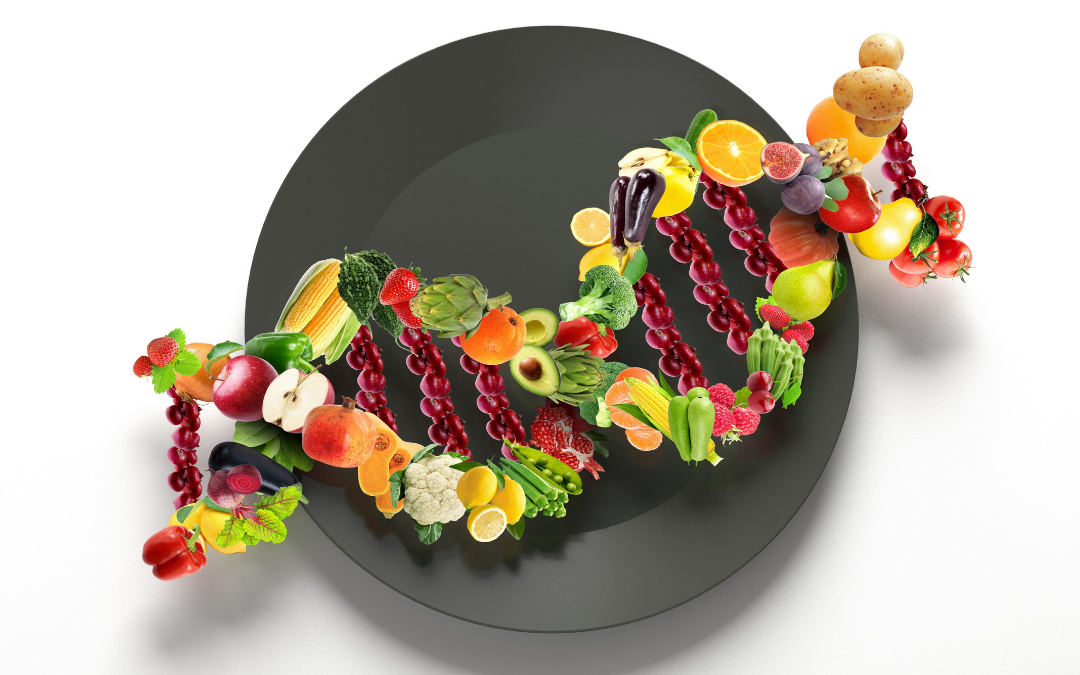The global rates of infertility have steadily climbed over the past few decades to affect up to 15% of all couples. While there are many causes and factors, approximately 50% of cases are estimated to be because of genetic factors. Many couples experience ‘idiopathic infertility, meaning the reasons are unknown after investigative results come back normal. Up to 75% of male infertility cases are reported as idiopathic. Unfortunately for these individuals, there is little offered regarding treatment.
Preimplantation genetic testing (PGT) of an embryo is a common genetic test that looks for specific genetic alterations; however, these tests are only available for patients undergoing fertility treatment (and who have already conceived an embryo). It doesn’t help to prevent the occurrence of genetic abnormalities.
DNA Testing Before Conception
But what about testing and optimizing BEFORE conception to increase the likelihood of a healthy embryo?
- Lifestyle fertility genetics: This is a novel area of development that uncovers genetic predispositions that impact lifestyle factors that can play a role in reproduction. This is a shift in perspective to look upstream at the DNA of mom and dad prior to conception to optimize sperm and egg quality and address underlying conditions that affect fertility. This is helpful in idiopathic cases. The test looks at genetic markers that influence risk for nutrient deficiencies, oxidative stress, metabolic changes, response to dietary interventions, and sensitivity to environmental toxins.
- Nutrients: Genes influence nutrition on many levels, which impact both male and female fertility — such as sperm quality, egg quality, hormone balance, ovulation, and more. For example, vitamin D levels can affect fertility. Variations in genes related to how your body absorbs and processes vitamin D can increase the risk of the deficiency by up to 40%. This can be associated with early pregnancy loss. In cases like these, the standard recommended dose of 800-2000IU may not replenish vitamin D stores.
- Diet: Specific genes can influence carbohydrate sensitivity and the development of insulin resistance, which can delay pregnancy and lead to gestational diabetes. Women who consume less than 40% of their total caloric intake from carbohydrates reduce the effects of these genes and show an improved glucose response compared to those with the ‘wild type’ or normal versions of these genes.
- Microbiome: Some gene mutations are associated with an increased risk of dysbiosis, including the development of oral and vaginal candidiasis and recurrent urinary tract infections. Recent studies reveal how recurrent infections impact the uterine microbiome and may be an underlying factor in recurrent pregnancy loss.
- Oxidative Stress and DNA Damage: Some genetic variations can alter enzyme activity and susceptibility to environmental toxins. This can lead to low sperm count and mobility.
While preconception genetic testing is a new concept, it offers couples additional insights to help individualize dietary, nutritional, and lifestyle interventions that have the potential to have a big impact on reproduction.
References:
- Djurovic J, et al. Polymorphisms and haplotypes in VDR gene are associated with female idiopathic infertility. Human Fertility. 2020 Apr 2;23(2):101–10.
- Filipponi D, Feil R. Perturbation of genomic imprinting in oligozoospermia. Epigenetics. 2009 Jan;4(1):27–30.
- Madeen EP, Williams DE. Environmental PAH Exposure and Male Idiopathic Infertility: A Review on Early Life Exposures and Adult Diagnosis. Rev Environ Health. 2017 Mar 1;32(1–2):73–81.
- Sun H, Gong T-T, Jiang Y-T, Zhang S, Zhao Y-H, Wu Q-J. Global, regional, and national prevalence and disability-adjusted life-years for infertility in 195 countries and territories, 1990–2017: results from a global burden of disease study, 2017. Aging (Albany NY). 2019 Dec 2;11(23):10952–91.
- Zorrilla M, Yatsenko AN. The Genetics of Infertility: Current Status of the Field. Curr Genet Med Rep [Internet]. 2013 Dec 1 [cited 2019 Sep 9];1(4). 1.



